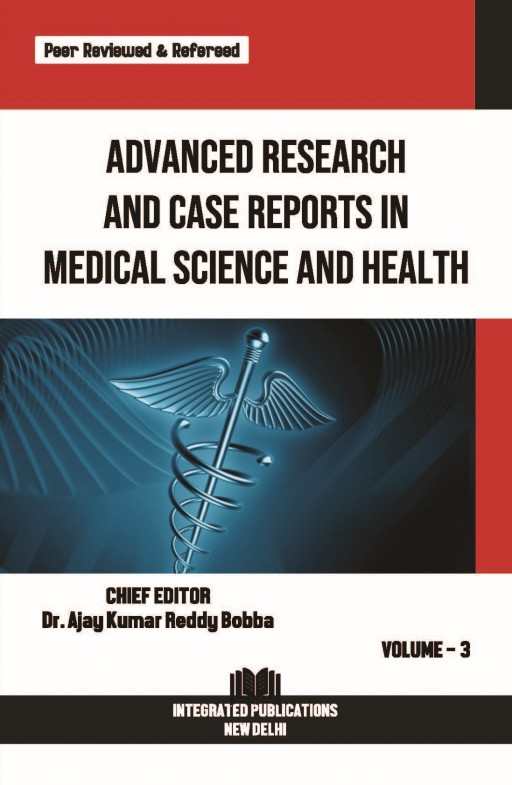ASA-OCT: A Boon for Glaucoma Diagnosis


Optical Coherence Tomography (OCT) is an advanced imaging modality that has revolutionized the field of ophthalmology. This non-invasive technique utilizes light waves to create cross-sectional images of the retina, enabling precise analysis of ocular structures. The mechanism of OCT is based on the reflection and interference of light waves, which vary depending on tissue density. Over the years, OCT technology has evolved, from time-domain OCT to spectral-domain (SD-OCT) and swept-source OCT (SS-OCT), enhancing image resolution and speed. OCT has been extensively employed in diagnosing retinal diseases, such as age-related macular degeneration, diabetic retinopathy, and central serous chorioretinopathy. However, its application in glaucoma management has gained particular attention. Glaucoma, being a chronic optic neuropathy, causes irreversible vision loss if not detected early. OCT assists in glaucoma diagnosis by measuring the retinal nerve fiber layer (RNFL) thickness, ganglion cell complex (GCC), and optic nerve head parameters, offering crucial information about disease progression. The advent of Angioscopic Swept-Source OCT (ASA-OCT) represents a significant advancement in glaucoma diagnosis. ASA-OCT integrates high-speed imaging with detailed vascular and structural analysis, providing enhanced depth penetration and image clarity. Current literature supports its superior ability to detect early glaucomatous changes, even before conventional methods reveal damage. ASA-OCT offers numerous advantages, including faster acquisition times, reduced motion artifacts, and better visualization of deeper ocular structures, making it a critical tool in the early detection and monitoring of glaucoma progression.